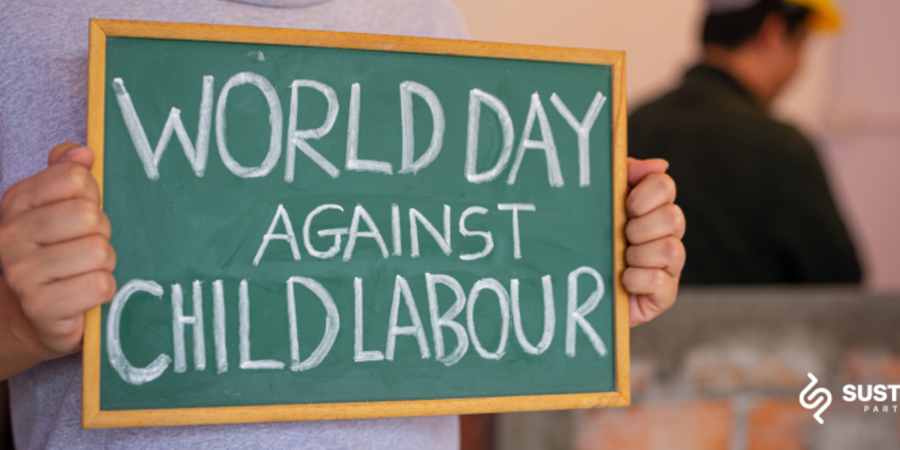Child labour is a reality in the supply chains of companies across industries, including mining, apparel, food and beverage, and automotive. Approximately 160 million children are involved in child labour, with nearly half of them performing hazardous work directly endangering their health and safety. On World Day Against Child Labour we are looking into the strong link between social justice and child labour, and exploring action that companies and governments of Western Balkans can take to tackle child exploitation.
Western Balkans has many specificities that are preventing legislators and the public to understand both the scale of the problem and the impact that the region has on the markets that do not prevent child labour. As there are no reported cases of children working within the companies and direct regional supply chains, this topic rarely catches significant attention. On the other hand, regional countries are grappling with the issues of child trafficking and forced labour, such as begging and scavenging, and while there is no consistent data on children working in the agriculture or construction industry, the issue seems prominent throughout the countries.
Nevertheless, the issue of child labour should be of the greatest importance for businesses and decision-makers even in the countries in which child labour is not detected in the supply chain. Governments should play a major role in addressing child labour by imposing mandatory human rights due diligence and modern slavery disclosure laws.
For example UK Modern slavery act is a model of regulations that have been effective at raising the profile of this issue for companies, investors and public.
The EU purses a zero-tolerance approach to child labour in its international trade policy. For example, EU free trade agreements require trading partners to implement the ILO’s conventions on the worst forms of child labour and on minimum working age. In February 2022, the European Commission put forward a proposal for a directive on Corporate Sustainability Due Diligence to foster sustainable corporate behaviour. Under these new rules, EU companies, and non-EU companies operating within the EU, would be required to address adverse impacts of their activities on human rights (such as child labour and exploitation of workers), and on the environment, (pollution and biodiversity loss for example).
The solution to child labour, however, is a multi-stakeholder one, requiring public and private sector participation.
One of the primary challenges for companies is addressing child labour in their supply chains. Acknowledgement that child labour is a reality is not a comfortable admission for companies to make.
In Europe, including WB countries, companies might not be employing child labour, but they may purchase materials from smaller, regional companies that do. It is not an easy task to identify child labour in the supply chain due to its massiveness, as well as very complex production procedure. On the other hand, however, in the age of fast information, it is easier than ever to identify whether human rights abuses are involved in the sourcing of products on the other side of the world. Many companies have recognised the need to ensure that the most severe human rights violations are not taking place in their supply chain through introducing due diligence procedures, internal policies, code of conduct, as well as taking part in re-building communities. Corporations’ interest to have a stable and sustainable supply chain and develop a positive reputation that appeals to the growing number of socially conscious investors, shareholders, and customers is growing.
In this effort raising the engagement of investors is becoming a crucial tool that they can use to tackle the complexities of this subject. Child labour and modern slavery are often systemic and structural and corporate policies and monitoring programmes are often insufficient to address the nature of the risks. Most importantly if child labour globally is to be reduced, companies and investors need to engage in a way that considers the underlying reasons why children join the workforce in the first place. And it largely comes down to systemic poverty showing that the most important work that needs to be done is engaging with suppliers and supporting local communities.
Some of the questions to ask are very simple: Are they paying fair wages? What is their gender pay gap? Are they keeping workers safe? Are they investing in children’s education and healthcare?
If fair pay and safe standards are in place, then there will be less need for children to work.
Author: Nevena Dicic Kostic, ESG Expert of Sustineri Partners.

